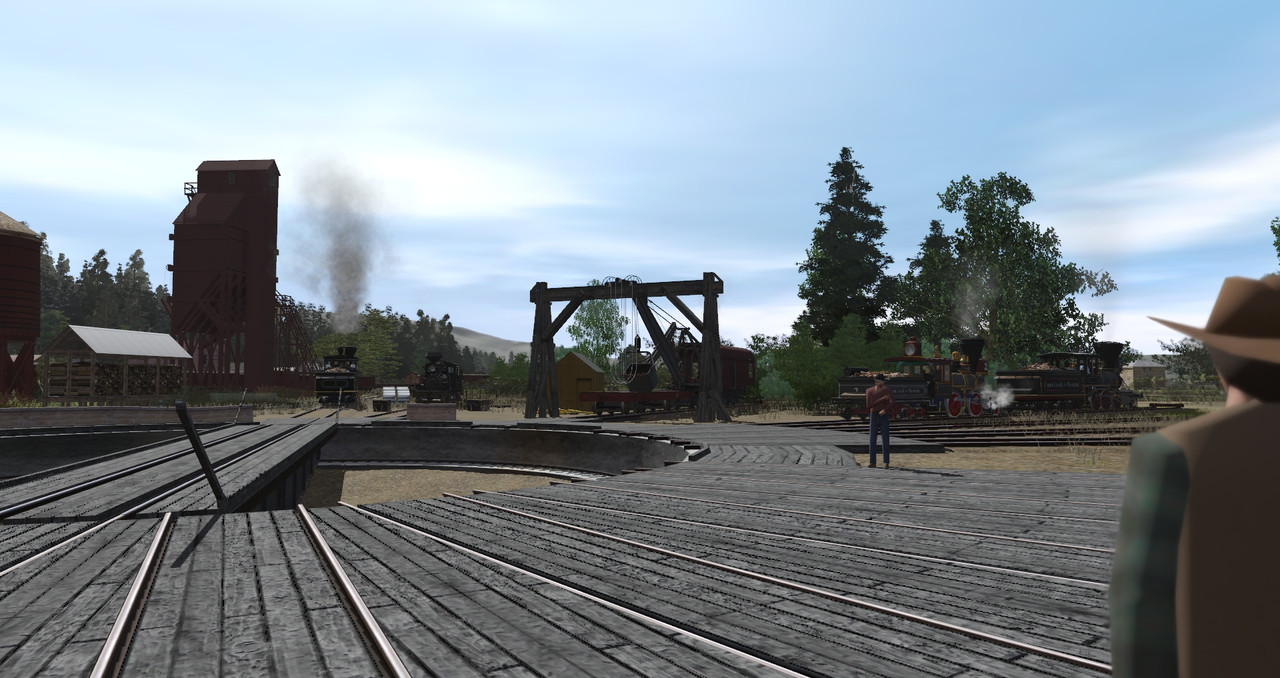

Despite the difficulties encountered, the new 4,175-foot Sand Patch Tunnel opened on Christmas Eve in 1912. 4 Unfortunately, the new tunnel was built too close to the original and caused a 250-foot section of the west portal to collapse. A small reservoir was constructed to provide the water needed for drilling hydraulics and steam power. 6 Work on the east end approach was started on May 1, on the first ventilation shaft on May 8, and on the second ventilation shaft on May 9. Kerbaugh Company on April 18, 1911, with work to be completed by September 18, 1912. 4 The original single-track tunnel would be maintained for use by slower trains.Ī construction contract was awarded to the H.S. 3 4 A plan for a 2.6-mile low-grade tunnel with a west portal in Glade City was rejected in favor of a new tunnel adjacent to the existing facility. Because of the soft shale and sandstone rock encountered inside the original boring, it was decided to construct a new double-track Sand Patch Tunnel. Increasing traffic required the double-tracking of the Pittsburgh Division between Pittsburgh and Cumberland between 19, which required either an enlargement or bypass of the circa 1871 Sand Patch Tunnel. Previously, the B&O had made several failed attempts to construct mainline routes over the steepest regions of the Allegheny Mountains after the state of Pennsylvania forbid the railroad from building within the state in 1847, featuring that the B&O would compete with the Pennsylvania Railroad (PRR). The P&C was merged into the Baltimore & Ohio Railroad (B&O) in January 1876, providing the company a primary entry point into Pittsburgh via what became known as the B&O Pittsburgh Division. 5 The completion of the tunnel inaugurated a new mainline between the bustling steel mills in Pittsburgh and the eastern seaboard. 2 It featured approach grades as much as 2% that made it one of the steepest railroad grades on the east coast. Construction resumed in earnest in 1867, 4 and the new Sand Patch Tunnel, one of the longest in the eastern United States, 4 opened to traffic in June 1871. 3 Severe geologic conditions resulted in the revising of the project to include just a single track, and ventilation in the tunnel proved to be an issue that required the creation of four vertical shafts for air circulation, although only three were completed. 4 Work was slowed with the development of the Civil War and problems of contractor bankruptcy, fraud, and legislative battles. The development of a 4,777-foot dual-track tube by Carr & Gould 4 at Sand Patch Pass began in May 1854, 1 which included the erection of 30 houses for workers above the tunnel itself. 2 It would require the construction of 100 miles of track through the Allegheny Mountains and a tunnel through Sand Patch Pass at the 2,258-foot summit. 2 The P&C between Connellsville and West Newton opened in September 1855, from West Newton and the Pennsylvania Railroad in Port Perry in 1857, and from Port Perry and Pittsburgh in October 1861.Īn extension of the P&C between Connellsville and Cumberland, Maryland, was authorized in 1853. The deceased male became a "John Doe" and was laid to rest at Longwood Cemetery in an unmarked grave where he remained unidentified for 44 years.The Pittsburgh & Connellsville Railroad (P&C) was incorporated in 1837 to connect Pittsburgh and Connellsville with construction beginning in 1847. Initial and subsequent attempts to identify the deceased male through fingerprint records in national and military data bases were unsuccessful.

Correspondence detailing the man's description and polaroid photos were distributed to surrounding United States Marine Corps and Naval installations.

The incident was reported by newspapers in the surrounding area, including Philadelphia, PA, and Wilmington, DE. An investigation into the man's death and his identity was conducted by the Pennsylvania State Police, Criminal Investigation Unit, at which time it was called the Troop J, Exton Substation. He also had what was believed to be a healed bullet wound on his upper left arm. He had two tattoos one being a bird in flight with a heart in the background and the other being a bulldog wearing a World War I helmet and the letters "USMC" printed below it. He was white, appeared to be between twenty and thirty years of age, dark brown hair, and hazel eyes. The deceased male carried no wallet or identification.


 0 kommentar(er)
0 kommentar(er)
